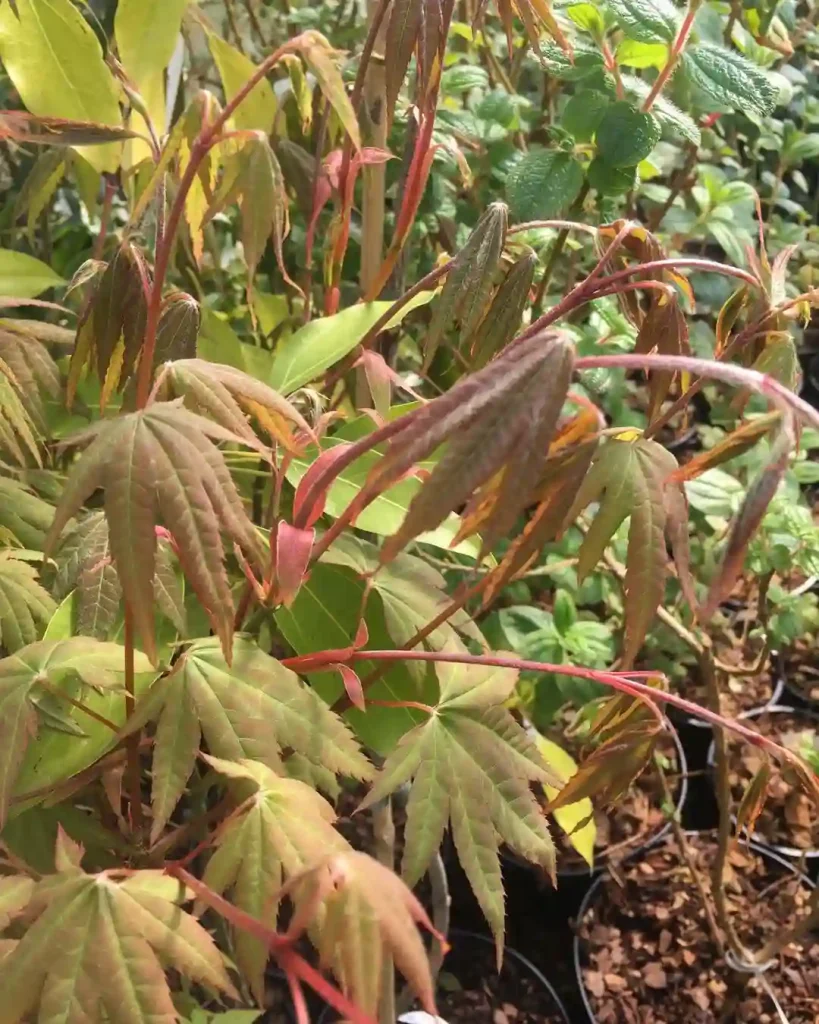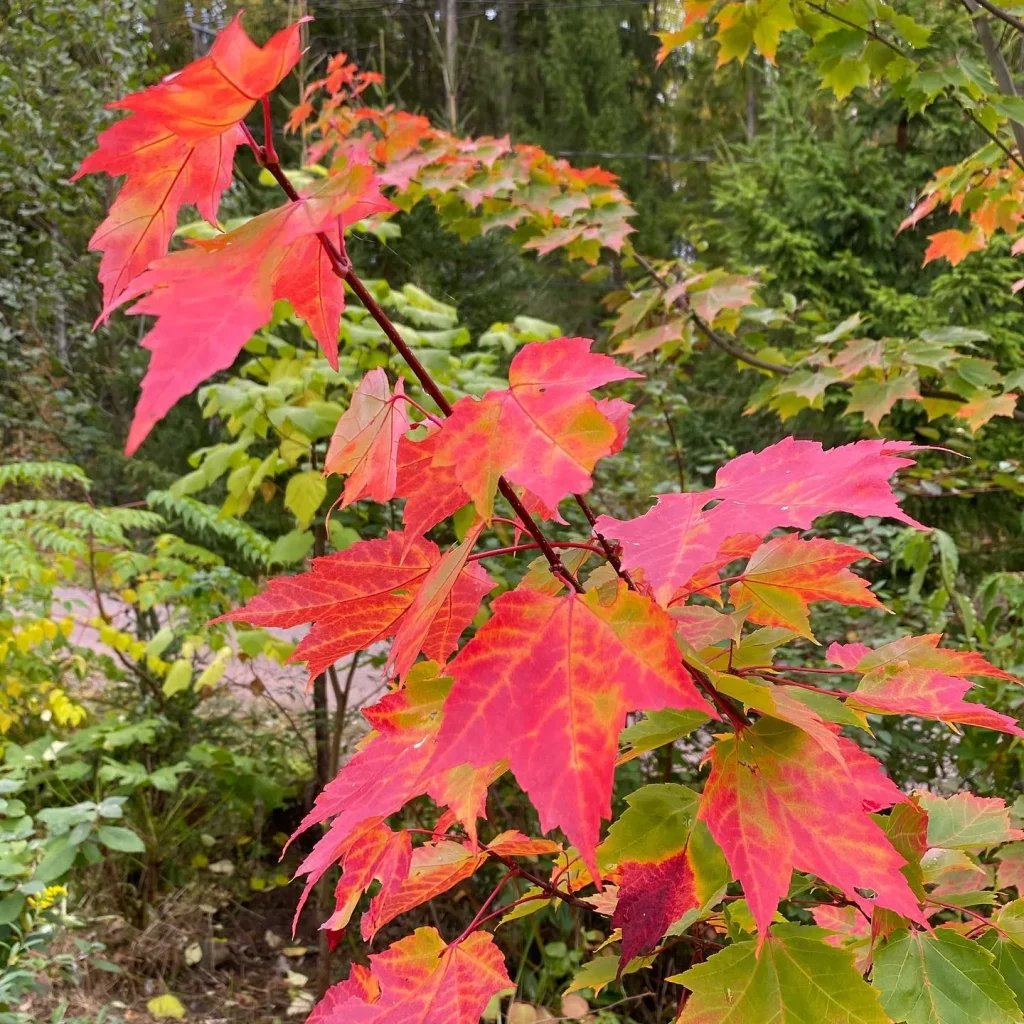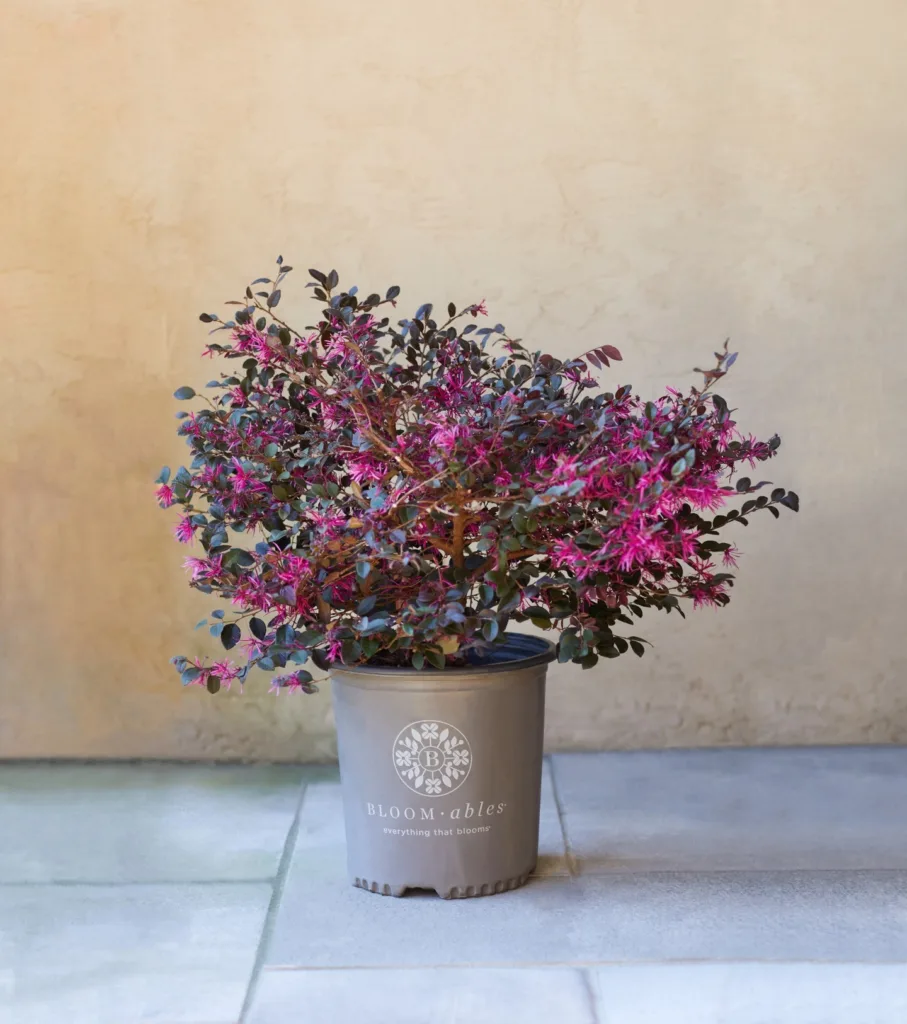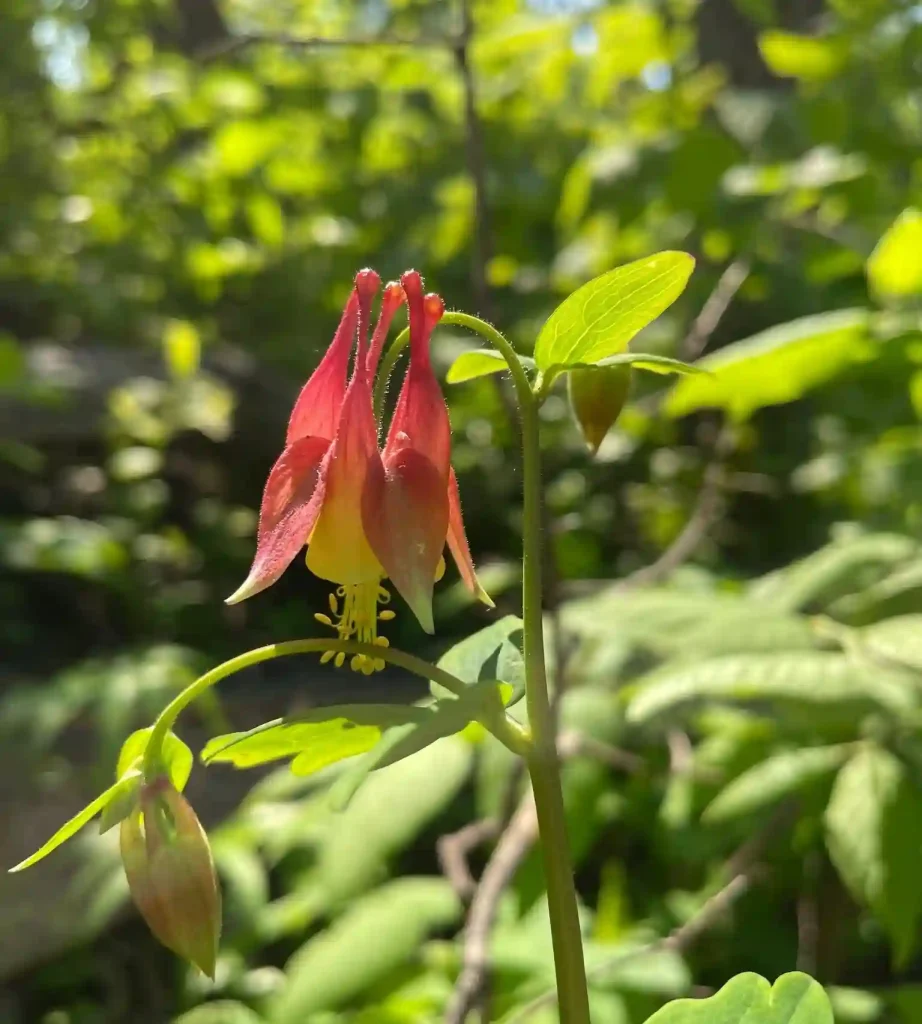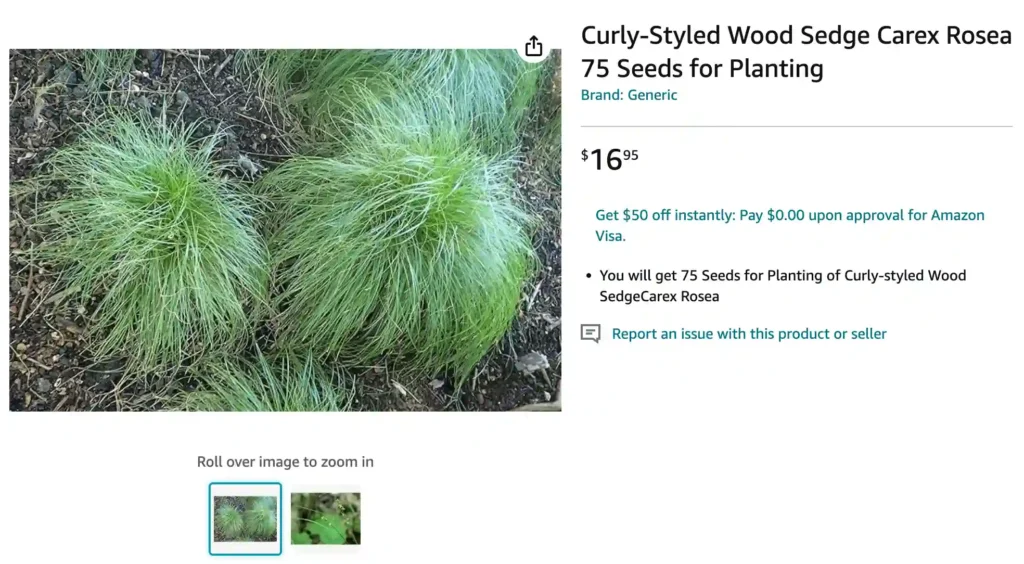
All You Need to Know About Carex Rosea: The Feathery Friend for Your Shade Garden
I’m Ferb Vu, and I’m here to answer all your burning questions about Carex Rosea, a delightful little sedge that adds a touch of elegance to any shady spot. Whether you’re a seasoned gardener or just starting, this FAQ will equip you with the knowledge to cultivate this resilient plant.
2324 Species in Genus Carex
What is Carex Rosea?
Carex Rosea, also known as Rosy Sedge or Curly-styled Wood Sedge, is a low-growing, clump-forming perennial with a graceful personality. Its slender, deep green leaves arch outward, creating a soft, textural mound. In late spring or early summer, wispy, brown flower spikes emerge, adding a touch of airiness. These spikes sometimes have a subtle rosy tinge, hence the name.
This shade-loving native thrives in woodland settings and provides year-round interest. The foliage remains semi-evergreen in most climates, adding a touch of life to your garden even during winter’s slumber.
Is Carex Rosea Easy to Grow?
Absolutely! Carex Rosea is a low-maintenance plant that’s perfect for busy gardeners. Here’s what makes it so easygoing:
- Adaptable: It tolerates a variety of soil conditions, from moist to dry, as long as it’s well-drained.
- Low Light Lover: Thrives in shade or partial shade, making it ideal for those challenging areas under trees or north-facing beds.
- Minimal Fuss: Requires minimal fertilizer and is generally pest and disease resistant.
How Do I Plant Carex Rosea?
Planting Carex Rosea is a breeze. Here’s a quick guide:
- Timing: Plant in spring or fall when the soil temperatures are mild.
- Location: Choose a spot with dappled sunlight or light shade. Avoid full sun, especially in hot climates.
- Spacing: Plant individual specimens 12-18 inches apart for a natural look. For a denser groundcover effect, space them 8-12 inches apart.
- Digging: Dig a hole slightly larger than the root ball.
- Planting: Gently loosen the roots and place the plant in the hole. Ensure the crown (the point where the leaves meet the roots) sits at ground level.
- Watering: Water deeply after planting and keep the soil moist until established.
How Do I Care for Carex Rosea?
Once established, Carex Rosea requires minimal care:
- Watering: Water deeply during prolonged dry periods, especially during the first year. Mature plants are fairly drought tolerant.
- Fertilizing: Apply a balanced organic fertilizer once a year in early spring.
- Dividing: Carex Rosea spreads slowly by forming clumps. You can divide established clumps in early spring if you wish to propagate the plant.
- Pruning: Deadheading the flower spikes after blooming is optional but can encourage bushier growth. You can also remove any brown leaves in late winter or early spring for a tidy look.
What are the Benefits of Planting Carex Rosea?
There are several reasons to consider Carex Rosea for your garden:
- Low Maintenance: As mentioned earlier, it’s a low-fuss plant that thrives with minimal attention.
- Year-round Interest: The evergreen foliage and delicate flower spikes provide visual appeal throughout the seasons.
- Erosion Control: Carex Rosea helps prevent soil erosion on slopes and hillsides.
- Wildlife Friendly: The seeds attract birds, adding a touch of life and movement to your garden.
- Pollinator Friendly: While not showy, the flowers provide nectar for bees and other pollinators.
Can I Use Carex Rosea in Containers?
Yes, Carex Rosea can be grown in containers, adding a touch of texture and greenery to patios and balconies. Choose a pot with drainage holes and use a good quality potting mix. Water regularly and fertilize occasionally during the growing season.
Important Note: Container-grown plants tend to dry out faster, so adjust your watering frequency accordingly.
How Does Carex Rosea Compare to Other Shade-loving Plants?
Here’s a quick comparison of Carex Rosea with other popular shade-loving plants:
- Hosta: Similar shade tolerance but requires more moisture and can be prone to slug damage.
- Ferns: Offer a similar delicate texture but may require more consistent moisture.
- Coralbells (Heuchera): Provide vibrant foliage but may require slightly more sun for optimal flower production.
Common Problems with Carex Rosea and How to Solve Them
While Carex Rosea is a resilient plant, there are a few potential issues you might encounter:
- Brown Leaves: This is usually a sign of underwatering, especially during hot and dry periods. Increase watering frequency and provide deep soaks.
- Leaf Spot: Fungal diseases can cause brown spots on the leaves. Improve air circulation by thinning overcrowded plants and remove affected leaves. In severe cases, a fungicide may be necessary.
- Slugs and Snails: These slimy creatures can munch on the leaves. Apply organic slug and snail bait or create a beer trap to deter them.
Where to Buy Carex Rosea?
You can find Carex Rosea at many online nurseries and garden centers. Look for healthy plants with vibrant green foliage and no signs of pests or diseases.
Tip: When buying online, check the plant size and reviews to ensure you’re getting what you expect.
Final Thoughts on Carex Rosea
Carex Rosea is a fantastic addition to any shade garden. Its delicate beauty, low-maintenance nature, and adaptability make it a winner for both novice and experienced gardeners. With a little care, this versatile plant will add a touch of elegance and texture to your landscape for years to come.
If i die, water my plants!
